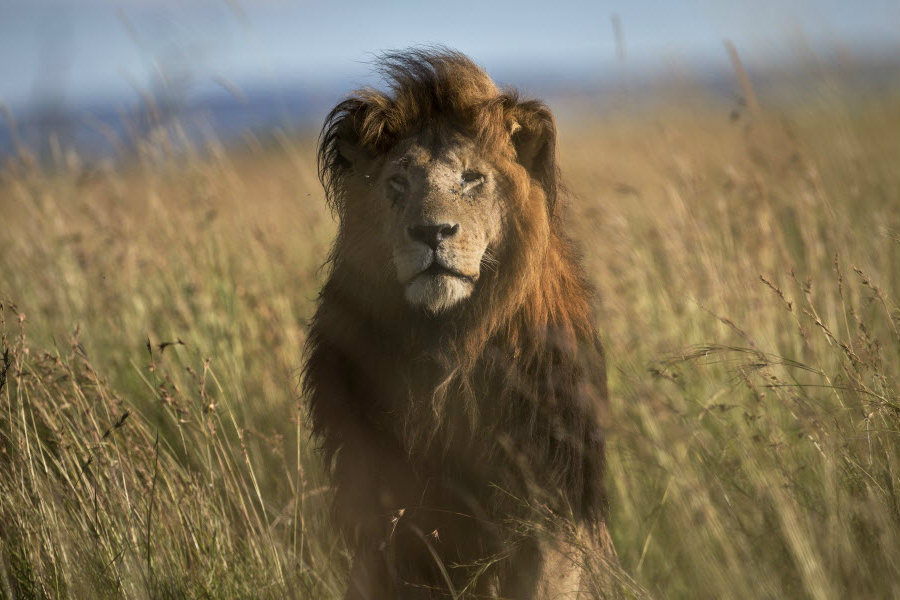Cecil the lion: How big a business is big game hunting?
Loading...
The shooting death of Cecil the lion by an American recreational hunter outside a national park in Zimbabwe is shining a brighter spotlight on an overseas big game hunting industry – and the big bucks around it.
On July 1, Walter Palmer, a dentist from Minneapolis, Minn., allegedly shot and killed Cecil, a protected lion and fan favorite at Zimbabwe’s Hwange National Park. The incident – which involved luring the lion outside the park – spurred a global outcry, especially following reports that Mr. Palmer paid $50,000 for the hunt.
Yet as the Washington Post points out, Palmer is just one player in a much bigger game-hunting business worth hundreds of millions for African economies. Legal trophy hunting has drawn increased calls for scrutiny in the face of concerns about its impact on wildlife, especially endangered species. At the same time, scientists, governments, and even some conservationists continue to support the practice as means of raising funds for species protections.
"[T]he politics of trophy hunting remain complex," National Geographic reports.
From 2009 to 2010, the hunting industry generated about 6 billion rand ($470 million) in South Africa alone, according to a North-West University study. Trophy hunting in Zimbabwe generates about $16 million in revenue a year. The industry is estimated to take in some $200 million annually on the continent, mainly in eastern and southern Africa.
Rates for tourist-hunters on the Luxury Hunts website, for example, advertise costs of $3,600 for a safari to hunt plains game, such as wildebeest. To hunt lions can cost $49,000. The firm operates in South Africa, Zimbabwe, and Tanzania, and its fees cover the expenses of licenses, trophy fees, and guide services.
Despite the price tag, tourist-hunters kill about 105,000 animals a year across sub-Saharan Africa’s 1.4 million square kilometers (540,000 square miles) of hunting ground, the International Union for the Conservation of Nature reports.
Hunters, mostly Britons and Americans, kill an estimated 1,000 lions on South African ranches annually, the Economist reported in May.
Some conservationists argue that killing wildlife is counterproductive, since the bulk of Africa’s wildlife tourism income is generated by people who come to see the animals alive.
“The money that does come into Africa from hunting pales in comparison to the billions and billions generated from tourists who come just to watch wildlife,” Jeff Flocken, a regional director at the International Fund for Animal Welfare, wrote in an op-ed for National Geographic. “If lions and other animals continue to disappear from Africa, this vital source of income – nonconsumptive tourism – will end, adversely impacting people all over Africa.”
But some wildlife conservation groups say that a certain amount of hunting makes sense – and is even practical.
“The land would be used for farming and this would accelerate the loss of wildlife,” Guy Balme, director of the leopard program in Africa for the US-based conservation group Panthera, told The Guardian. “We don’t like trophy hunting, but it slows the rapid decline of populations.”
In a commentary for CNN, two researchers argue that the illegal killing of Cecil should not result in banning approved big-game hunting.
The economic impact of trophy hunting in comparison to tourism as a whole may not be huge, but what is the alternative if it is made illegal? Zambia banned trophy hunting of big cats in 2013, only to reverse it earlier this year because the government needed the money to fund conservation.
Conservation costs money – so does the damage done by lions killing livestock. It is not clear whether photographic tourism alone could cover these financial burdens.






